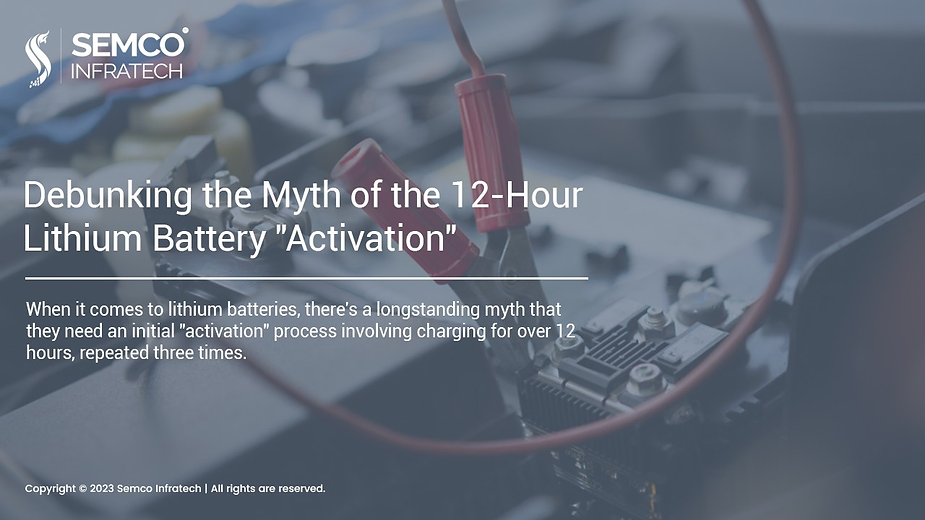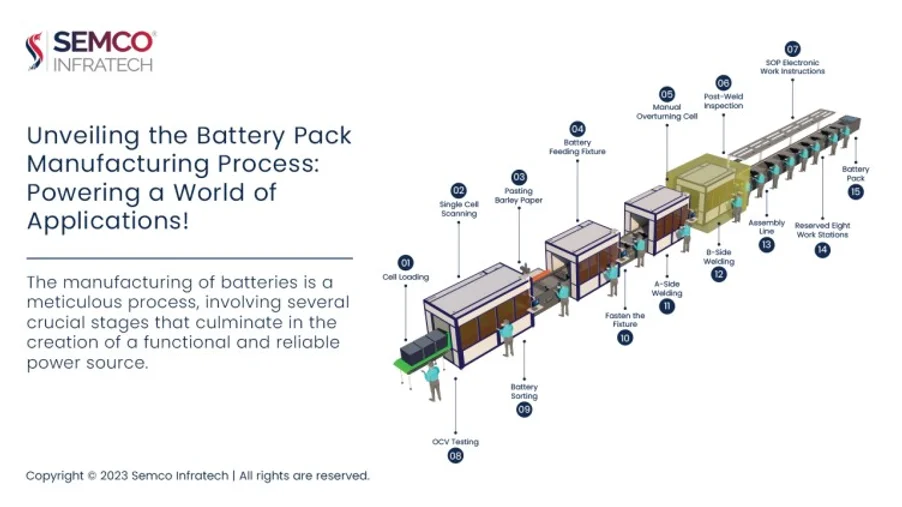When it comes to lithium batteries, there’s a longstanding myth that they need an initial “activation” process involving charging for over 12 hours, repeated three times. However, this claim is based on outdated practices, particularly those associated with nickel batteries like nickel-cadmium and nickel-hydrogen, which were popular over two decades ago. It’s high time we set the record straight and understand the correct methods and precautions for the first three charges of lithium batteries.
The Dangers of Ultra-Long Charging and Full Discharge
Charging lithium-ion batteries excessively, particularly for extended durations, is unnecessary and can lead to severe damage. Ultra-long charging and complete discharge can result in overcharging and over-discharging, causing irreversible harm to the positive and negative electrodes of lithium-ion batteries.

At a molecular level, excessive discharge forces the release of an excessive number of lithium ions from the negative carbon, leading to the collapse of its layer structure. Conversely, overcharging crams too many lithium ions into the anode carbon structure, causing some to become permanently trapped. This is precisely why lithium-ion batteries are typically equipped with charge and discharge control circuits.
Correct Methods and Precautions for the First Three Charges
Contrary to the outdated belief of a 12-hour charging regimen, lithium batteries today come with built-in charging circuitry that safeguards against overcharging. There’s no need to leave your battery plugged in for such extended periods. When a lithium battery is new, after prolonged periods of inactivity, or even after heavy usage, you can simply follow these guidelines:

- Fully charge and discharge the battery once.
- After this initial cycle, your battery is ready for regular use.
- For long-term storage, charge the battery to around 40% or check the voltage of each cell (ideally, 3.83V per cell) before storing it.
- If the battery remains unused for an extended period, it’s advisable to perform a charge and discharge cycle once a month.
Understanding Charging Methods
Charging lithium batteries is generally straightforward, but safety during the charging process is of paramount importance. Here’s a basic outline:
Charge with a stable current, typically ranging from 0.2C to 0.7C, depending on the manufacturer’s recommendations.
Continue charging until each unit of the battery reaches 4.2V (volts per cell) and maintain this voltage until the charging current falls to about 10% of the initial value.

The precise peak charging voltage and the end current may vary slightly among different battery manufacturers.
Regardless of these specifics, a charging timer should always include a safety mechanism. When the battery reaches 4.2V per cell, it has only reached 40% to 70% of its full capacity. The charger should not immediately cut off power at this voltage; instead, it should continue charging until the current drops significantly, and then stop charging at a low current.
For those using standard chargers, it’s important to note that even if a voltmeter indicates a voltage of 4.2V, the battery is not fully charged. At least 60% of its capacity remains unused. This underscores the importance of using a dedicated lithium charger with constant current and constant voltage charging capabilities.
In summary, forget about the outdated 12-hour charging myth for lithium batteries. Follow the manufacturer’s guidelines, prioritize safety during the charging process, and you’ll ensure the longevity and efficiency of your lithium-ion batteries.






